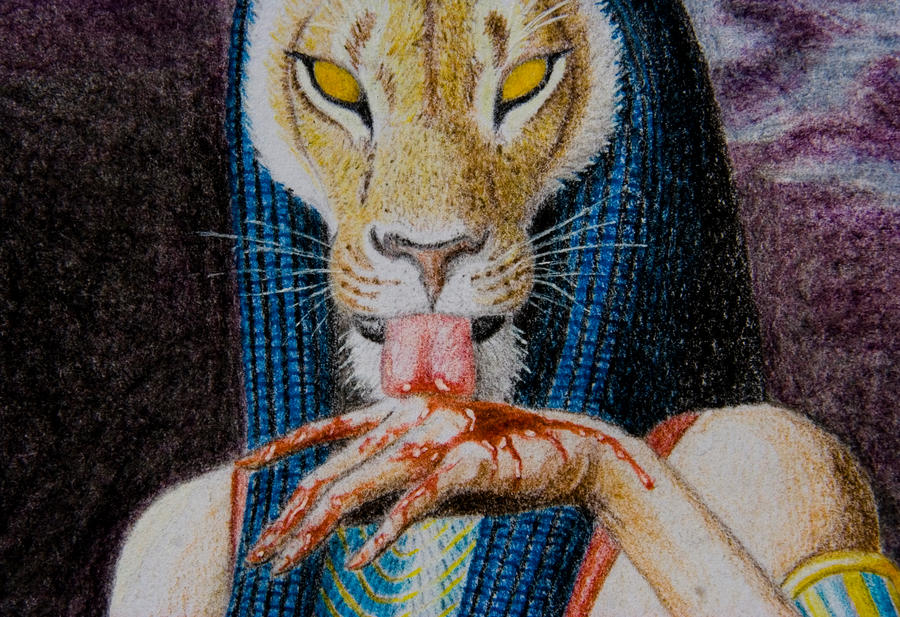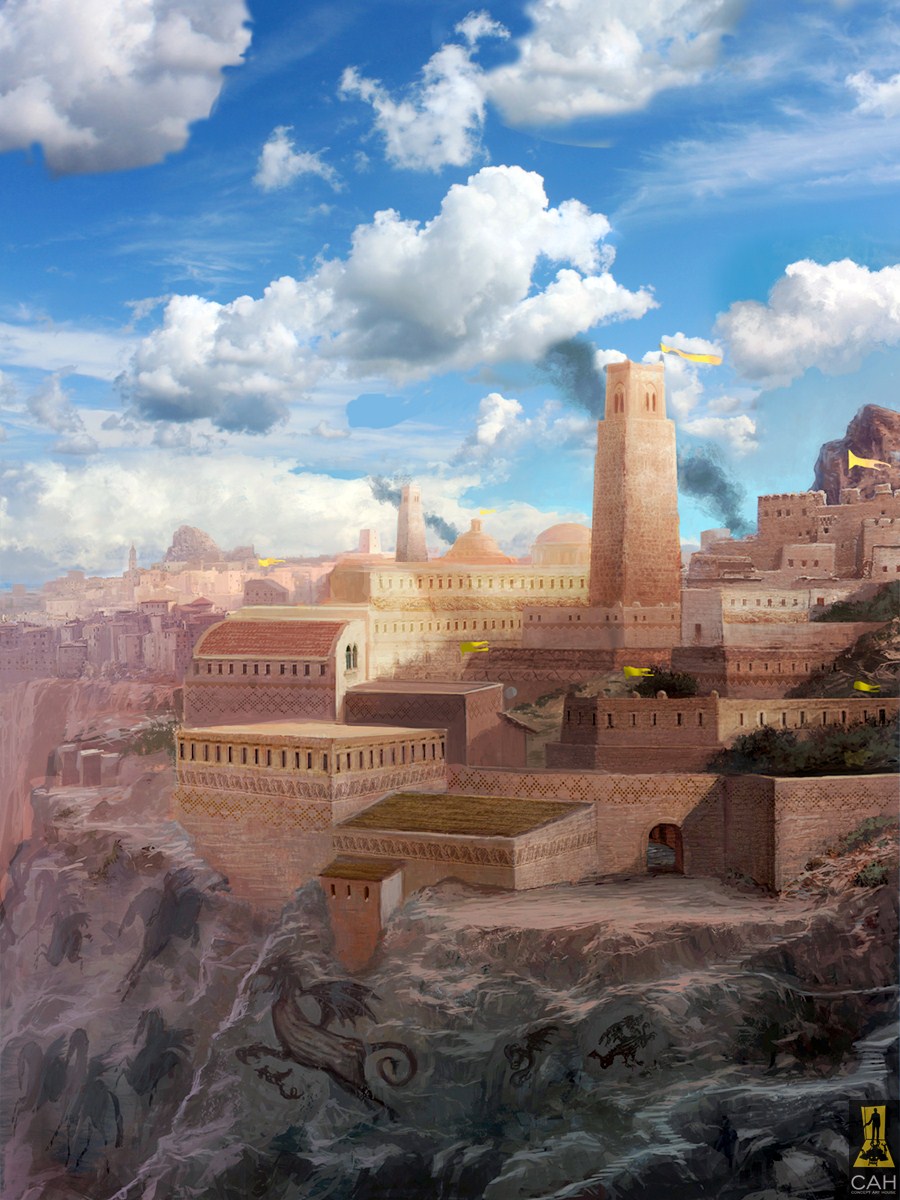The Order of the Rose and Shield has perpetuated the rumor that Vasyl was a warlock sworn to the Undying patron. The tsar's isolationist policies have allowed that rumor to spread and flourish. Since the independence of Volka, however, a new rumor has surfaced: that Vasyl was a a blood mage (or even a bloodline sorcerer).
During his life, Vasyl passed his secrets on to his grandchildren and other members of his inner circle. These acolytes further spread what they learned, establishing a cult in Voztok--and, by extension, the Granitsa region of Cuorria.
Two institutions have thus survived Vasyl to this day: 1) The Dominion of Voztok and the Tsardom of Volka, remnants of Vasyl's empire; and 2) the Sanguinati, a faction that shares Vasyl's obsessions.








)



